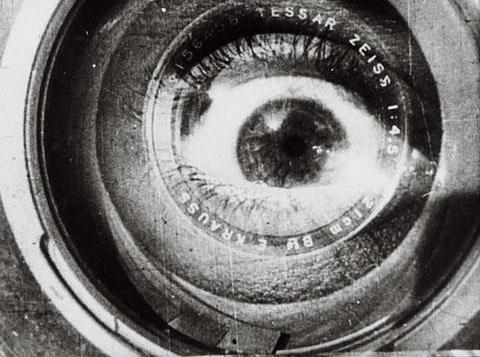When watching the various selected films of Charles and Ray Eames, the thing that struck me most was their impeccable ability to present items that are potentially mundane as nothing short of thrilling and exciting. Whether it be a trickle of soapy water on asphalt, the various bric-a-brac in their infamous home, toy trains, or desk chairs, school chairs, lounge chairs, arm chairs (… they made a lot of chairs). The point I am getting at though, is that Charles and Ray Eames had the capacity to draw all of your attention in to the ‘wonder’ that is the assembly of a lounge chair and ottoman. How? Through their almost majestic control of camerawork, sound, light, and space. What a modern day advertiser wouldn’t do for this kind of power!
Take for instance their short film Kaleidoscope Jazz Chair. Whilst I truthfully found their manipulations and contortions of Kaleidoscopic images enthralling, as the film moved to the scene with the chairs I will concede that I almost scoffed. However, I was far too quick to do so, because as I continued to watch on, I soon found myself mesmerised. Truth be told, they are only chairs, but as they began to move and change colour, multiply and diminish, all the while in perfect timing to the catchy Jazz accompaniment, these simple chairs became so much more.
As a result of this phenomenon, I instantly found myself pining for an Eames chair of my very own, and this is what drew my attention to advertising. Given that in today’s society we are inundated with so many products, differentiating between them has become an almost impossible task. Hence, products must present themselves in such a way that appeases all of our senses, something that Charles and Ray Eames did so very effectively. It then occurred to me that one need not look very far to see the Eames’ influence on one of the world’s most recognisable products, Apple:
The white background, the portrayal of the product’s versatility, the rapid shot changes, the catchy melody all smacks of Charles and Ray Eames. In the 50’s and 60’s everybody wanted an Eames chair, today everybody wants an iPad, it appears as though the formula works to a tee. To borrow a phrase then: Eames is creating, Eames is vital, Eames is ideas, and Eames is amazing, even by today’s standards.


